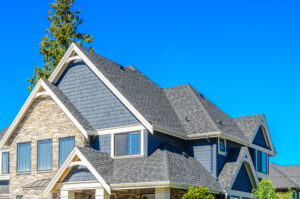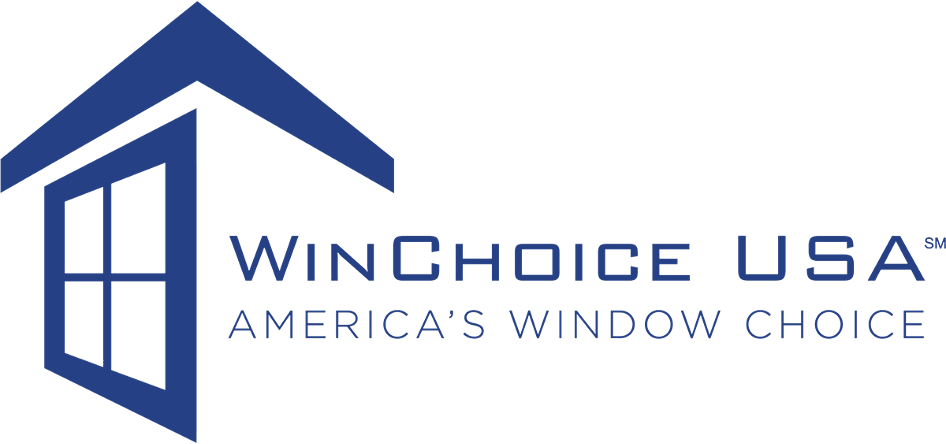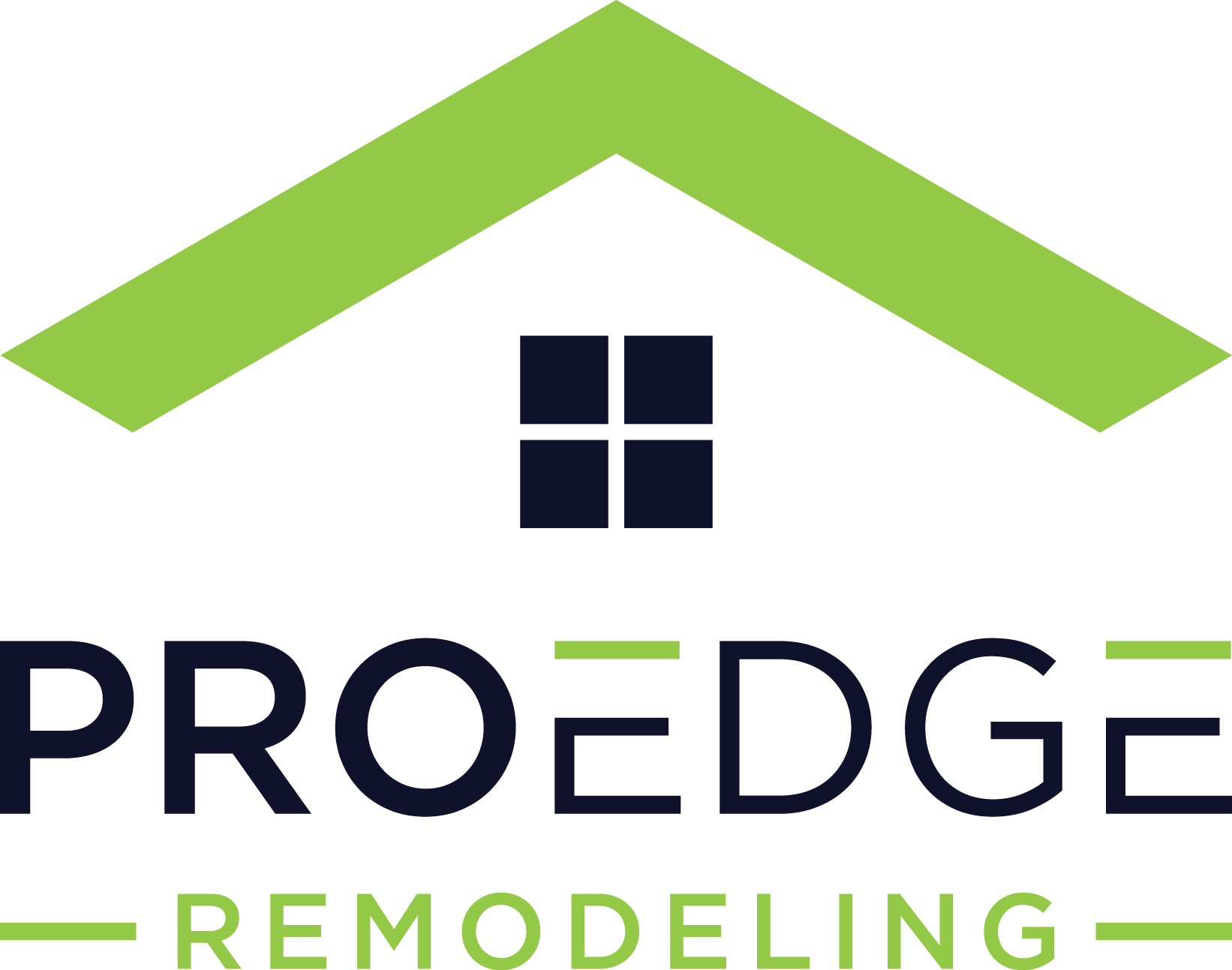Is Your Roof Due For an Upgrade? 7 Improvements to Make When Replacing Your Roof

*Updated August 20th, 2025
Did you know that the average asphalt shingle roof lasts around 20-30 years before it needs to be replaced? If your roof is approaching or has surpassed this age, it may be time to start planning for a roof replacement. But replacing a roof isn’t just about swapping out old shingles for new ones – it’s also an opportunity to make a roof upgrade that can improve your home’s energy efficiency, durability, and curb appeal. In this article, we’ll explore 7 roof upgrades to consider when getting a new roof.
Why Upgrade Your Roof?
Before we dive into the specific upgrades to consider, let’s talk about why you might want to go beyond a basic replacement. Here are a few key benefits when you upgrade your roof:
-
Improved energy efficiency: Certain roofing materials and features can help keep your home cooler in the summer and warmer in the winter, reducing your energy bills.
-
Enhanced durability: Upgrading to durable roofing materials or adding protective features can help your roof last longer and withstand harsh weather conditions.
-
Increased home value: A new roof with modern roofing solutions can add significant value to your home and become a major selling point.
-
Better curb appeal: An attractive, visually appealing roof can greatly improve your home’s exterior and make your home more attractive to buyers.
1. Choose High-Quality Shingles
One of the most important decisions you’ll make when you replace your roof is what type of roof shingles to use. While standard asphalt shingles are the most affordable option, upgrading to higher-quality architectural shingles can provide several benefits:
-
Longer lifespan (up to 50 years in some cases)
-
Better resistance to wind, hail, and other weather damage
-
More dimensional roof look that enhances curb appeal
-
Potential for energy efficiency (some shingles reflect sunlight)
When choosing your roofing material, look for a reputable brand with a strong warranty. Also, consider the roof color and style that complements your home.
2. Upgrade Your Underlayment
The underlayment is the layer of material between your roof deck and your shingles. While traditional felt works, upgrading to synthetic underlayment gives your roof system extra protection against leaks and moisture damage. Adding an ice and water shield is another smart roof upgrade that prevents damage from ice dams and heavy rain.
3. Add Proper Ventilation
Proper roof ventilation is essential for extending the lifespan of a roof. Without it, trapped heat and moisture can damage your roofing material and cause mold. When getting a roof replacement, ask your roofing contractor about installing or upgrading new roof vents like ridge, soffit, or gable vents. Good airflow will make your entire roof last longer and improve overall roof condition.
4. Invest in Better Flashing
Flashing is often the weak point of a roofing project. When replacing a roof, upgrade to copper or stainless steel flashing. These durable roofing materials prevent leaks where your roof meets chimneys, skylights, or walls. A successful roof replacement always includes properly installed flashing.
5. Consider Cool Roofing
If you live in a warmer climate, a cool roof is one of the best upgrades when getting a roof. Options include:
-
Light-colored shingles that reflect heat
-
Reflective coatings on metal roofing
-
Energy-efficient modern roofing systems
A cool roof can help lower energy bills and extend the life of your roofing material.
6. Go Green with Eco-Friendly Materials
Roof upgrades you can make also include eco-friendly options:
-
Recycled content shingles
-
Tile or concrete roofs that last decades
-
Solar panels for renewable energy
-
Living roof type designs with greenery
These choices not only improve your home’s efficiency but also show you’re a homeowner investing in sustainability.
7. Add Aesthetic Upgrades
Not every roof upgrade is about performance—some improve curb appeal. Consider:
-
Decorative shingle roofs that mimic slate or wood
-
Copper accents, cupolas, or weathervanes
-
Skylights to bring natural light indoors
-
New gutters to give your roof a clean finish
These upgrades make your roof more stylish and can add significant value to your home.
FAQ About Roof Upgrades
Q: How much does a new roof cost with upgrades?
A: New roof costs vary by roofing material you choose, size of the roofing project, and whether it’s a full roof replacement or partial roof overlay. Work with a trusted roofing expert to balance budget and quality.
Q: Will upgrades increase the value of your home?
A: Absolutely. From solar panels to architectural shingles, roofing can help boost both energy savings and resale value. A new roof offers one of the highest returns among home improvement projects.
Q: How long do upgrades last?
A: With proper roof inspections and maintenance, upgrades like new flashing, vents, or durable roofing materials can last for decades. Every roof is an investment, and every roof needs care to maximize its lifespan.
The Bottom Line on Roof Upgrades
A roof replacement is one of the most important home improvement projects a homeowner can undertake. Whether you need a full replacement due to old roofing or you simply want to upgrade your roof, the right choices in roofing material, ventilation, and design can completely transform your home.
When it’s time to get a new roof, don’t just think about the entire roof itself—think about the roof upgrades to consider that will improve durability, boost energy efficiency, and make your home stand out with top roof style.
Additional Roofing Resources
- Top Causes for Brown Spots on Your Ceiling
- Guide to Year Shingle Differences
- Tile Roofing: Advantages and Drawbacks

Anna has over six years of experience in the home services and journalism industries and serves as the Content Manager at MyHomePros.com, specializing in making complex home improvement topics like HVAC, roofing, and plumbing accessible to all. With a bachelor’s degree in journalism from Auburn University, she excels in crafting localized, comprehensive guides that cater to homeowners’ unique needs. Living on both coasts of the United States has equipped her with a distinctive perspective, fueling her passion for turning any house into a cherished home through informed, personalized decision-making.
Connect with top-rated local contractors who can help you with siding, roofing, HVAC, windows, and more. Get free quotes from verified professionals in your area today.








